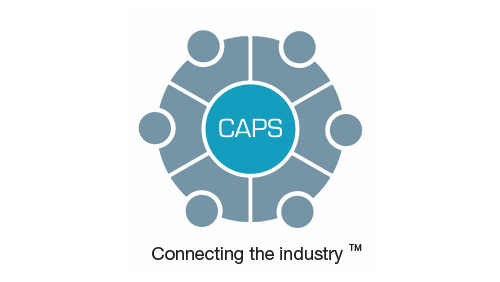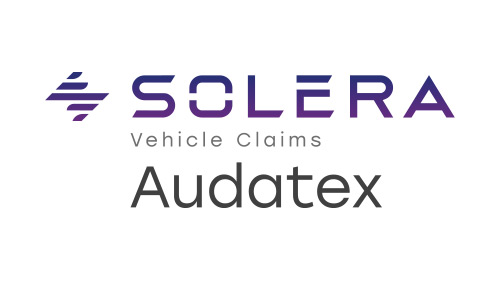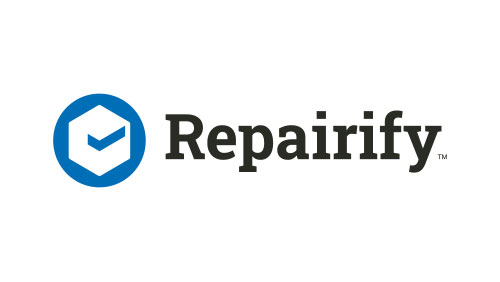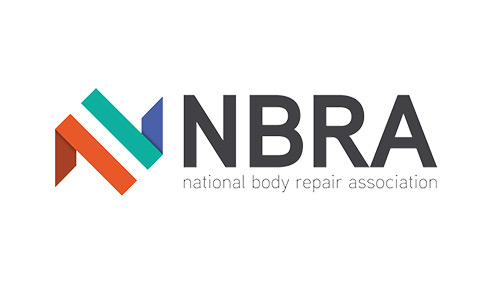The rise and rise of ADAS has placed a huge strain on skills in vehicle repair. With demand only growing, correct diagnostics and calibration is becoming absolutely critical to the sector.
Here, as part of ARC360’s Future in Focus editorial theme, Phil Peace, Managing Director (SVP) International, Repairify, considers the implications of widespread adoption of ADAS and how Repairify is helping to future-proof the industry.
Over the last few years, the number of ADAS systems within vehicles has dramatically increased as this technology now comes as standard on most vehicles that come off the production line. This means that the number of vehicles that will require calibration will continue to increase.
But will the industry be able to handle all this work? At this moment in time, according to the latest data from the IMI’s ADAS TechSafe Technician Forecasts, the industry would require 18,000 technicians to meet current ADAS requirements. However, if we look at the actual number of qualified technicians there are currently only around 3,500.
We know this is a huge challenge to overcome but it is where companies such as Repairify are important. Our proprietary technology provides services to diagnose, calibrate and programme systems remotely supported by our IMI-trained technicians, who will assist where organisations don’t have such resources locally to do the work.
In addition, our growing global solutions include access to the development of AI and machine learning to enhance our data enabling us to ensure information and solutions are available at the right time in the workflow or shop processes, providing customers with the ability to access critical repair information at their fingertips.
Alongside using third parties to do the work, there are ways in which businesses can help bridge the gap. This is done through apprenticeships and training programmes that are supported by the Apprenticeship Levy and various support schemes that are available. We are also seeing businesses investing in their apprenticeship and training programmes.
This is a positive step because they understand the benefits it will enable them to reap in the short, medium and long term. As a business, we are also committed to investing in training programmes both internally for our team and externally for our customers.
This is because we understand in no uncertain terms that it will assist in providing our team and the industry with the skills that are needed to keep pace with the work hitting the workshop floor and the knowledge to understand the technology within the vehicles that are coming off the production line.
Overall, we know the ADAS skills gap is real and with the right investment in tools, training and apprenticeships the sector can slowly start to fill the gap, but based on current statistics it will help, but not be enough, to meet the amount of technicians required to handle the amount of work relating to ADAS that is hitting workshop floors in the future.

















